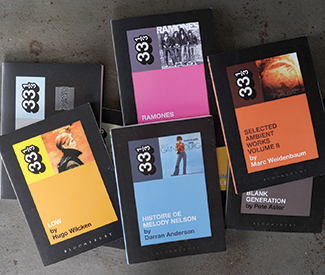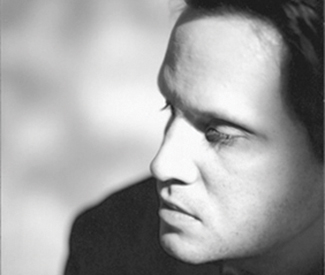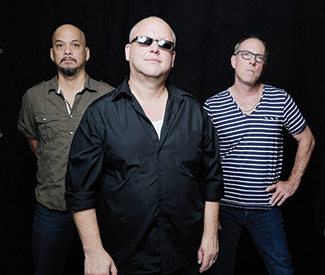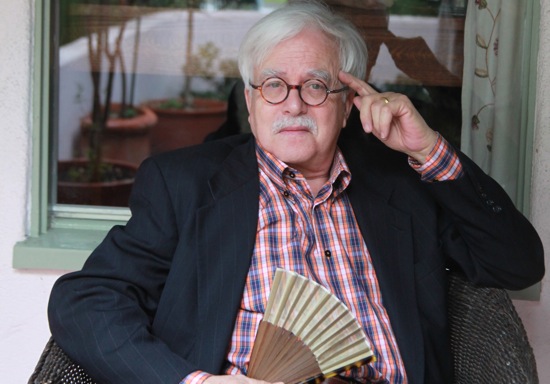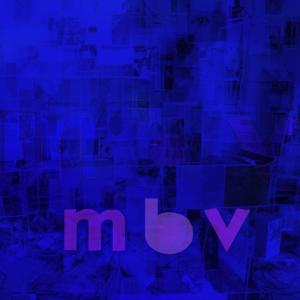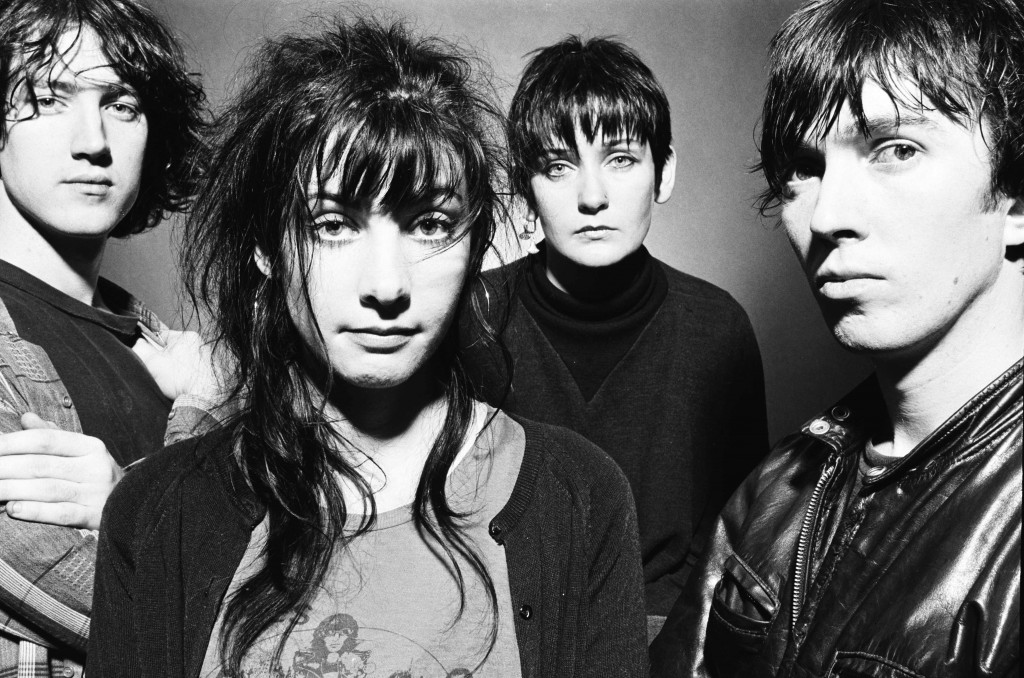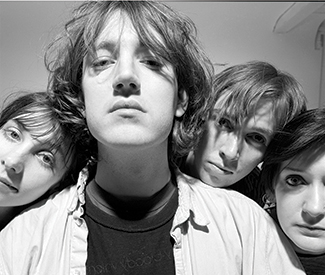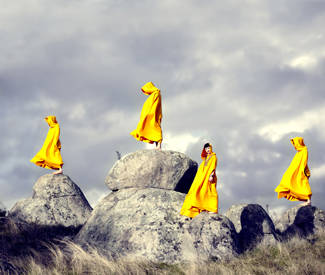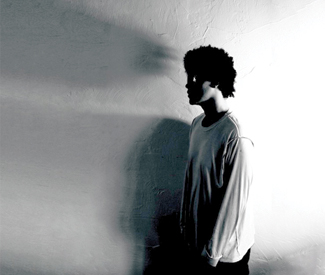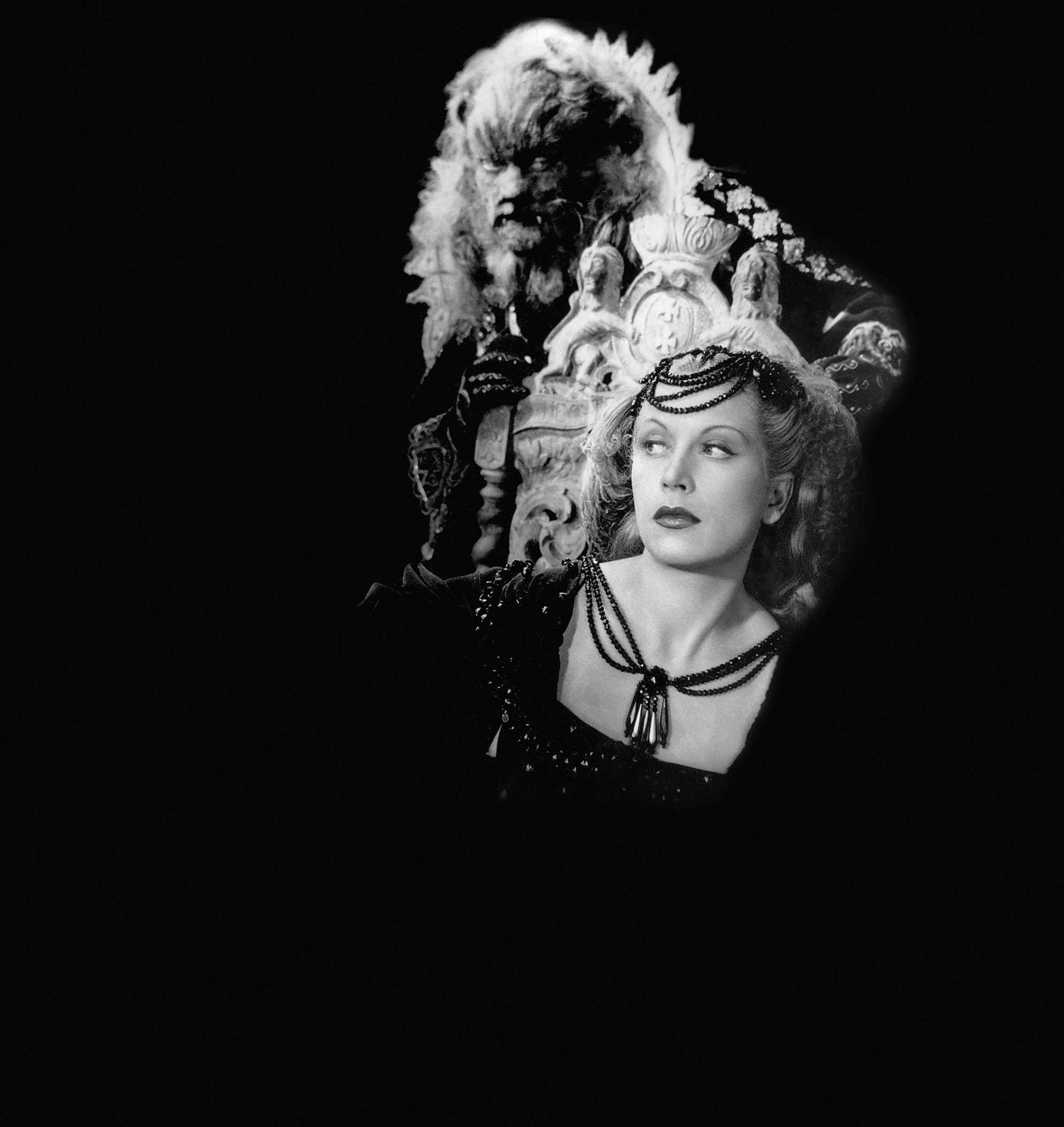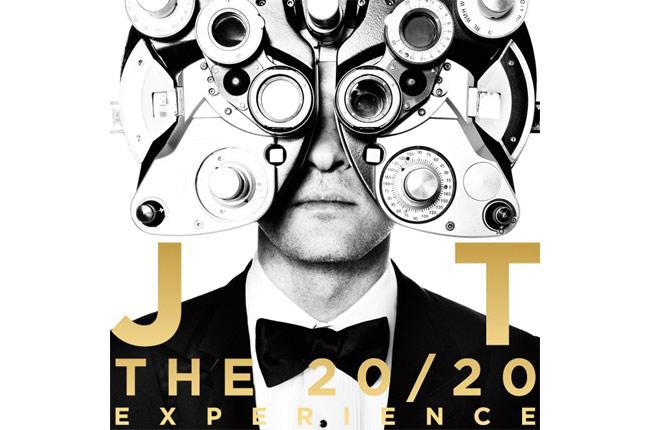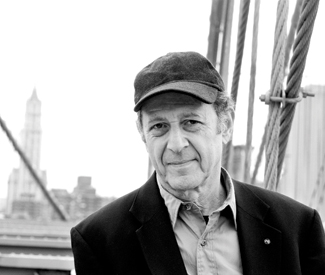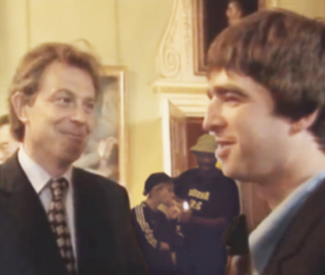“Yours falsely!” Van Dyke Parks chimes, as he picks up the phone at home in Pasadena, where the weather is “room temperature.” He adds, “all we have is the attorneys. Get rid of them, and we can have another perfect day.”
Right away, the veteran composer’s way with words resembles his musical sensibility: whimsical, scattered with detail, and liable to make left turns at a moment’s notice. From his lyrics for Brian Wilson’s legendary SMiLE project, to his orchestral arrangements that have served generations of artists (Ry Cooder, Harry Nilsson, Little Feat, Medicine, Joanna Newsom, and Skrillex, to name a few), to his quietly revolutionary solo records that balance Americana and cosmopolitanism, with panoramic scope and whiplash dynamics, Parks’ nonlinear, all-embracing approach to sound has extended pop and rock’s self-imposed limitations as facelessly, yet unmistakably, as that of any American musician alive.
With the release of last year’s wonderful Songs Cycled (his first LP of new material since 1989’s Tokyo Rose) Parks is as focused and driven as ever before, even at age 71. This Sunday, Parks will add to his ever-growing list of collaborators, with a one-off performance at Oakland’s Malonga Casquelord Center featuring LA musician-composer Matt Montgomery, and the Bay Area’s joyfully independent Awesöme Orchestra.
Montgomery, a young musician, whose first exposure to Parks’ arrangements came in the form of Silverchair’s Diorama (2002), has also taken a multifaceted approach to his career, supplying vocals and guitar for the pop punk-tinged three-piece Versus Them, arranging and composing scores for television and film, and developing software (most recently Rocksmith 2014 by Ubisoft) centered around guitar instruction. This weekend’s show will celebrate the release of Montgomery’s debut EP, Petty Troubles: a set of McCartney-esque pop songs recorded in a single day with 30 Bay Area musicians, and accompanied by a documentary film chronicling the zippy creative process.
“I’m really excited to have a package to hand someone, and say, ‘this is me,’” Montgomery tells the Bay Guardian from his parents’ home in San Rafael, where he’s staying during a week of rehearsals leading up to Sunday’s concert, describing the rapidly produced EP as “homemade, but slick at the same time.”
Similarly homemade/slick, casually organized, yet seriously proficient, the Awesöme Orchestra’s approach fits intuitively with those of Montgomery and Parks. A volunteer ensemble with monthly rehearsals, and a repertoire ranging from Mozart, to Terry Riley, to Daft Punk, the group has crossed genre boundaries consistently since its formation last spring, challenging orchestral music’s inherent elitism at every juncture. Sunday’s show will begin with a set from Parks, with Montgomery on guitar, followed by a performance of Montgomery’s Petty Troubles in its entirety. The Awesöme Orchestra will back both musicians, in a lineup that can be expected to deliver maximalist results. “Big is back!” Parks declares. “This is not going to be a ‘think small’ concert. It’s gonna be ‘think big.’”
How did Parks, a living legend among composers, come to join forces with a relatively low-key figure like Montgomery, and a joyfully unorthodox ensemble like the Awesöme Orchestra? I spoke at length with Parks earlier this week about this project’s inception, his return to solo work on Songs Cycled, 50 years of arrangements for pop’s finest, and why he doesn’t like to hear guitar solos while traveling in Czechoslovakia.
SFBG What’s your role in this upcoming performance?
VDP I’m trying to blow some wind in the sails of a youth symphony. That’s a euphemism I use. I’m 71, so anything is youthful. [Laughs.] I will be the oldest thing in the room, I promise you. But, the idea is to bring attention to [the Awesöme Orchestra]. I love the way they spelled… you know the way they spell their name?
SFBG Yeah! With the umlaut over the “ö”, there.
VDP Yeah! The conductor is Dave Möschler. I’m not sure there will be a mosh pit, but at any rate, I’m very impressed with their umlaut.
SFBG What’s your experience with the Awesöme Orchestra, as well as [Montgomery], and how did this collaboration get off the ground?
VDP Well, I’ll tell you something. I met Matt Montgomery at my daughter’s wedding reception in Berkeley. This is maybe five years ago. I know his dad, who’s a celebrated Bay Area musician. So, I was already sold on him. But, I was impressed with the fact that he… reaches out to this acoustic world of instruments that I like to celebrate, in the rock arena, or with pop music. He referred me to [Möschler], and pointed out that its a hard-scrabble thing for musicians. These people, they get together once a month, to just celebrate the fact that they can all play their asses off. Everything from Beethoven, to John Williams… I know they do the overture to Candide, which is one of my favorite pieces.
So he said, “Hey man, let’s get together. What do you need?” I said, I don’t know. I could use a stand-up bassist, five french horns, four trombones. And then he says, “no, how many musicians would you like?” I say, “what do you want? I’ve got the music.” And so, we’re going for, “big”. Big is back. [Laughs.] This is not going to be a “think small” concert. It’s gonna be “think big.” And yeah, I’m delighted. I’m excited. I get to bring a lot of music out of my trunk, bring it up there, and they can blow their brains out. Man, this’ll be great. I don’t know what this set will be… 40 minutes or so, I guess. I have all the music in the world. I have some charts I’ve done for orchestras in Europe, and most recently Australia for a much larger group. But, the point is, I have the charts. Most of them come from the charts that I have in my musical library. Most of it comes from the opportunities I’ve had in film scoring, or in doing albums. And that’s when there was such a thing called “patronage.” There is no patronage now. But, a lot of it, I have simply done for performances, and reconfiguring things that I have recorded, or want to. It’ll be ear candy. It’ll be a fine show.
SFBG Have you had much experience in the past, working with ensembles that are a bit more loosely organized, or less traditional in their approach, like the Awesöme Orchestra? How do you feel ensembles like that facilitate your compositions differently?
VDP That’s an incisive question, because it’s true: most orchestras, let’s call them “legit” orchestras, when they do stuff with pop, or popular musicians, usually it’s wallpaper. Orchestral wallpaper. It’s very ho-hum. But there are some groups that I’ve worked with (the Metropole Orkest in Holland, the Britten Sinfonia in London, I just worked with the Adelaide Symphony) that have a much more inquiring, loose-knit approach, and I like that a lot. I like the idea that they’re trying to bring real interest, and with no fear of what we think of as lowbrow. I think that’s an important ingredient.
I just worked in a Beck concert. I had heightened expectations, and I don’t know for sure that I was any happier about it than the L.A. Philharmonic, who was playing the work. It’s a hit-or-miss thing, but I sense with this group, because of what they’ve tackled, they have a real appetite for real music that matters, and there’s no elitism about it. It’s not elite. And so, to me, they’re like quality folk, and I want to go that way. Matt told me, it’s pro-bono, and I thought, you know, maybe I’ll get a chance to meet Cher, even if her husband isn’t there. [Laughs.] I was making a joke, but it turns out Sonny will not be there, but it is pro-bono. Anyway, I’m very happy about it.
https://www.youtube.com/watch?v=sPOcjHuHWdA
SFBG What about [Montgomery’s] approach to music, or his compositions, really caught your attention initially?
VDP To me, he’s somebody who has the ability to keep reinventing himself. I think this is his first invention, but I suspect that he will make many more. So, you know, I have great respect for him. And, he’s modest. That’s a very desirable rarity. [Also], it’s what he has done with the song form. I feel like I’m in flight formation with him. We both approach that same chamber music sensibility. He likes all kinds of instruments, and I think that shows. And there’s no big taboo about eclecticism. He’s got a big sense of adventure, and I think there are a lot of people that have that now, that I respect.
Yesterday, Rufus Wainwright was over here. I’ve met a young kid, much younger, called Gabriel Kahane, who’s also done a lot of exploration. [I’ve worked] for Joanna Newsom… and a guy by the name of Sondre Lerche: I did an arrangement for him last month. And then, Efterklang, a group you can’t pronounce over here, but they’re very fine. So I kind of gravitate toward people of a new generation, who really aren’t afraid of acoustics, and to mash them up with electronica sometimes. You know, I think it just shows a great deal of inquiry and freethinking, and I like that.
SFBG Your music has an omnivorous quality to it, eating up everything in its path, appropriating the highbrow, the lowbrow, and a lot in between. Are there some people you’ve heard recently who you admire for having a similar perspective?
VDP I think every artist has a primary obligation, and that is to be true to the self. Anything of artistic merit is self-revelatory. It reveals the self; that’s what it does. I’ve heard a whole bunch of stuff. I didn’t just grow up listening to music post-Elvis Presley. I’ve listened to music from the ages, and that’s reflected in who I am. But, the work I’ve done as a recording artist has been a training ground for me, and it has trained me how to serve others, and I’m happy in both those worlds.
Right now, I’m writing an arrangement for Kimbra. She’s 23, and one of the smartest musicians I’ve ever met. That music, it must be seamless, and serve her, and my role in that must be invisible, and yet somehow very pivotal to how she sounds. It’s decidedly an arena that I don’t appear in, myself, in my own works. It’s… techno. Super laptop info comes out of that woman, and I’m so happy with it. I love it all. I love every bit of it. My favorite songwriter is entirely different from me. His name is Paolo Conte. He is, to me, the greatest songwriter of my time, and he’s Italian. I don’t speak a word of Italian, but somehow, I get it.
SFBG You mentioned the collaborative aspect with Kimbra. When it comes to arranging or producing music for other people, do you ever experience tension between accentuating someone’s work, and imposing a certain brand on it? Do you try to approach your collaborations with a consistent balance between those two?
VDP I don’t come to the conclusion that I’ve imprinted, or put my brand, on anyone else. I think, at best, I’ve magnified who they were, or perhaps sharpened the image they were trying to present. I think that’s the job of an arranger. It’s a matter of immersion in the work. I don’t like to call it collaboration. I think that arranging frames a work, if anything. At best, it brings a proscenium to the work, without imposing any further brand. I like that idea, of recognizing each artist as a maverick, somehow unbranded, and maintaining that. That’s a hard job.
It’s like working for a director who says, “this picture needs a lot of music,” rather than a director who says, “it’s about the flutes in bar 43.” It’s almost like being given complete freedom, and suffering the burden that puts on you. I mean, to be given liberty to arrange is, like, somebody’s handing you a hand in a birthing process, almost. It’s like, “here’s my baby.” So that’s the way I feel about it. Some people think they know when I’ve been in the room with a songwriter. But, I don’t think that’s because I have a brand. I think that’s because there’s very little work being done in arranging, anymore. And, the reason for that is that there aren’t that many people that can afford a few strings. I think that’s the truth.
SFBG Are there any arrangements you’ve done for musicians in the past, where you really saw your sensibility gelling with theirs, and something really nice resulting from that?
VDP Well, I loved working for Ry Cooder on his first record. That was pioneering work, you know, to put a mandolin (that’s a very soft instrument) in a room full of brass and strings, and so forth, and to have it heard. That was when we were just learning those possibilities in recording existed. So, I’m real happy with that. I’m happy that I worked for five weeks on arranging an album for Inara George [An Invitation, 2008], and it took us nine hours to record it. And then, once again, she gave me a voice and a guitar, and then when I did the orchestra, she threw the guitar away.
One person, I think a dear heart from the San Francisco Chronicle, thought it was a very confusing… he said, listening to a Van Dyke Parks arrangement is like being, oh, tossed out to sea. Because, it was highly syncopated. I forget who insulted me, [Aidin Vaziri, for the record] but he forgot to pay attention to the artist, Inara. So, win some, lose some. Make some up in double-headers. You know, to me, it’s the most glorious way I could spend a life, and I have no complaints. I’ve been very fortunate. I know so many people, far more talented than I am, who haven’t had the opportunity to hear what they write, and, my heart… I can’t express my gratitude for this, and for the opportunity to end up someplace like with the Awesöme Orchestra.
There’s a group in Holland. Actually, it’s a nation filled with small groups like this: volunteer, young groups from teens to 30s, and really able players. It’s called the Ricciotti Ensemble, and they’ve done several of my arrangements, and they are totally off the wall, out of the park, inventive. And, you know, to be among the people they have played… they’ve played Zappa, they’ve played Stravinsky, and they’ve played me. Just to say, you know, I could never go back and recover or change a note that I’ve written, that is splayed publicly, but you know, it just makes me feel more like moving forward, and pursuing this thing called arranging.
https://www.youtube.com/watch?v=AFxdAkfjeVg
SFBG You were just in Australia. Are you familiar with an outfit called the Avalanches, by chance?
VDP Oh, yes! I love them. Darren Seltmann: I’ve had some good social time with him down there. Very bright, wonderful people. Why did you bring them up?
SFBG I’ve always noticed a little parallel between your work and theirs. There’s a panoramic way that their music moves, and the way it shifts between music you’d classify as highbrow and lowbrow… this really democratic approach to different forms of music. I think electronic, sample-based music in general has a way of facilitating the impulse to use everything, but on the other hand, you have a focus on rapid production, and doing things quickly, and maybe not arranging things as meticulously…
VDP I’m very honored that you would even make that comparison, as I think a lot of them. But, I’ll tell you: there’s a case in point. Two great arrangements that I’ve done that I’m really happy with, and somehow, in spite of myself, I just sailed right through them: one was a trio for Sam Phillips, called “Wasting My Time.” Three cellos… I added three cellos to her basic track. Then, she threw out the basic track, and all you can hear is three cellos. Never done a better job. Another one, for a fellow by the name of Peter Case… He did a song once, called “Small Town Spree,” a quartet. Somehow or another, hot as a whore’s dream, this thing really sailed.
I can’t say that about all the work I’ve done. There’ve been some pieces of smaller consequence to me, that’ve been giant orchestrations. But, somehow or another, if you weigh an arrangement as if, instead of thinking of it as simple or complex, but if you think of an arrangement as an instrument to bring out some truth, and also to somehow add plausibility to the emotional content in the song, that, to me, that’s something of value. Don’t put it in terms of, complexity as just to be able to use every instrument as economically as possible, to get to the target, which is, of course, the heart of some casual observer.
SFBG Is there anyone you dream of arranging for, or think you’d work especially well with?
VDP There’s nobody that I’d exclude. I did enjoy the Skrillex situation. I enjoy the improbabilities. There’s some Brazilian artists that I would like to work for. I just… they called me the curator of a record called Bamboula by Tom McDermott (2013), and I introduced him to Jules Selwan. He’s really my favorite New Orleans pianist, and I’d like to adorn his work orchestrally. But there are many directions to go in, and a lot of things in discussion, and among them, theater. I have an unfulfilled fascination with musical theater. Not like any theater that I’ve heard, really, but I’m pursuing that. Hey, the rent’s paid this month. What could be wrong?
SFBG About Songs Cycled, and some of your newer material: I was reading an interview you did after working on Ys (2006), by Joanna Newsom. Back then you maybe seemed surprised that she’d have pursued you based on a real fascination with Song Cycle in particular. Now, in 2014, your debut album enjoys its best reputation maybe ever; you have two new issues of SMiLE by Brian Wilson and the Beach Boys; and now there’s this new record: your first of new material since the late ’80s, being discussed as a companion piece to your debut. Would you say you might have more confidence in your early material, or its reception, than you did 10 years ago?
VDP Well, no. I don’t think I have any more confidence. I think I’m more decidedly deer-in-the-headlights than ever before. I’m 71 years old, and I think a lot of reporters would ask…it’s the nature of their event in journalism…“What’s new?” they say. Well, I like what’s old, too, and nobody asks what’s old. But, I’m here to tell you: what’s old begins with me. [Laughs.]
There is an element in what I do…I’m trying to prove to myself that I can do everything I could do, with the athleticism of my youth. For me to move my fingers… and I do move my fingers, unlike a lot of pianists who are famous. I actually move my fingers. It is athletic. This year, I had hand surgery for trigger finger. I was on a table for two hours, in San Francisco. I came up to San Francisco to find the best doctor, and I got him. And I want to tell you something: it was a major event in my life, and so just going out and playing what’s old is obviously very novel, very frightening, and very confirming, too. As far as the record is concerned, the album I just put out last year… to me, a lot of that invention was born of things which have appeared post-9/11. These songs are darker, and I’m not so obsessed with keeping it light, but to admitting what is dark. I made every effort to make it beautiful, but this is not the world I wanted to come out of the ‘60s. I wanted a better world.
If King had lived, if Kennedy had lived, I really feel we would be in a less materialistic, less racially polarized, and economically polarized country. So, there is a tremendous obligation to move forward, and to get pushy with lyrics, and to shake people up, and I attempt to do that. I don’t think it should be obtuse. I still try to maintain a little bit of decorum, you know. I don’t want to get anybody mad But, I like to think we are moving forward, and that my work helps illuminate.
SFBG Would you say you feel a similar disillusionment with the state of affairs now, culturally and politically, to what you might have back then?
VDP Well, there’s an admission of dashed expectations. I have come to learn that people are born to disappoint, and so often meet that expectation. For example, I did a song, and I was criticized for it, for revisiting a song called “The All Golden,” I did on my first record. I stripped it down on this album. But, I think an underpinning consideration to this recent work is, the more things change, the more they stay the same. And I think in many ways, certainly sociopolitically, we have descended.
I think that we’re still a democracy, but we’re a wounded democracy in the face of the plutocracy: the incredible wealth that is centralized among so few. It’s funny, my answers to any question you might have seem tremendously, maybe, mannered or arrogant in a way. You have to accept that I believe that the song form is that important, and that is job one: to make songs that matter. One time, I wrote a song called “Out of Love.” It was an affectionate salute to my wife. She said, “when are you gonna write a love song?” [Laughs.] So, I have come as close as I could to love songs… but now, you see, there’s something else that I have to prioritize, because time is my only enemy. There’s only so much time.
SFBG You mentioned the importance of the song form. Do you feel like there are lots of missed opportunities to aspire to something bigger in modern music artistically, politically, etc.?
VDP I’ll tell you something. I like all kinds of songs. They don’t have to meet my expectations. I try to keep an open heart about what I hear. Honestly, I listen to a lot of music that cannot be branded first-world-pop-culture. I don’t really pay too much attention to folks who theorize from positions of privilege. I don’t listen to a lot of rock ’n’ roll. When I’m in Czechoslovakia, the last thing I want to do is hear a guitar solo by a man who maybe loves Mick Jagger. This is not the world I inhabit, musically. But the worst music, to me, beats the best bomb. The dumbest music is better than the smartest bomb. And, when I start to feel critical of some musician, I try to remind myself: “At least these people are not in munition. They’re not making bombs.” And I try to be merciful. I have a great respect for all kinds of music, as long as it’s well designed.
SFBG Is there any advice you’d like to offer to young people making music right now?
VDP Yeah, I would. Always remember, your best work is ahead of you. It must be. Don’t seek immediate praise. Don’t be crippled by condemnation. It may teach something. So basically, the fundamentals apply: be true to yourself. That’s been enough for me. It hasn’t made me a corporate wonder, but it’s satisfied our family, and it’s easier than the alternative, as telling the truth is easier than trying to remember which lie you told. I’m very happy with the result so far. I’m just petrified about what mayhem could take place on Sunday. To me, live performance is very much like that. The stakes are high. It is, to me, like aerial ballet, without a net, and it’s not safe. There’s nothing safe about it. But, I’m a tough old bird; I can take it.
Sun/26: Van Dyke Parks with Matt Montgomery and Awesome Orchestra
4pm, $15-45
Malonga Casquelord Center
1428 Alice, Oak.
(510) 238-7526
www.mccatheater.com

